African gas to Europe via Catalonia's unfinished MidCat pipeline
Construction halted after France's opposition could be recovered if political will
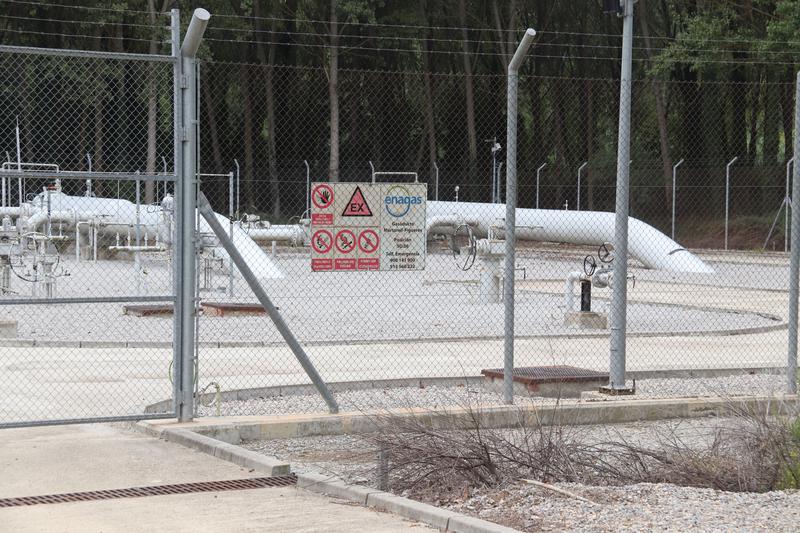
Trying to come up with alternatives to Russian gas has been a priority for the European Union and its member states since February 2022, when the eastern country started its full-scale invasion of Ukraine.
Since then, several sanction packages have been issued against Russia, with the last even including a price cap on the country's oil sales.
But limiting prices and stopping using Russian gas is no solution for Europe, as it also needs to replace the fuel in order to continue production across the continent. However, the forgotten and unfinished MidCat pipeline could be a solution to ease some of the problems.
MidCat – short for Midi-Catalonia – is the part yet to be finished of a pipeline route that would go from Africa all the way through the Iberian peninsula and beyond the Pyrenees, to lower Europe's dependence on Russian gas.
The project was expected to connect Catalonia's inland town of Martorell with Barbaira, in southern France, but right now, the pipeline that could transport around 7.5 billion cubic meters of natural gas annually ends at the north-central town of Hostalric in Girona, one hour north of Barcelona.
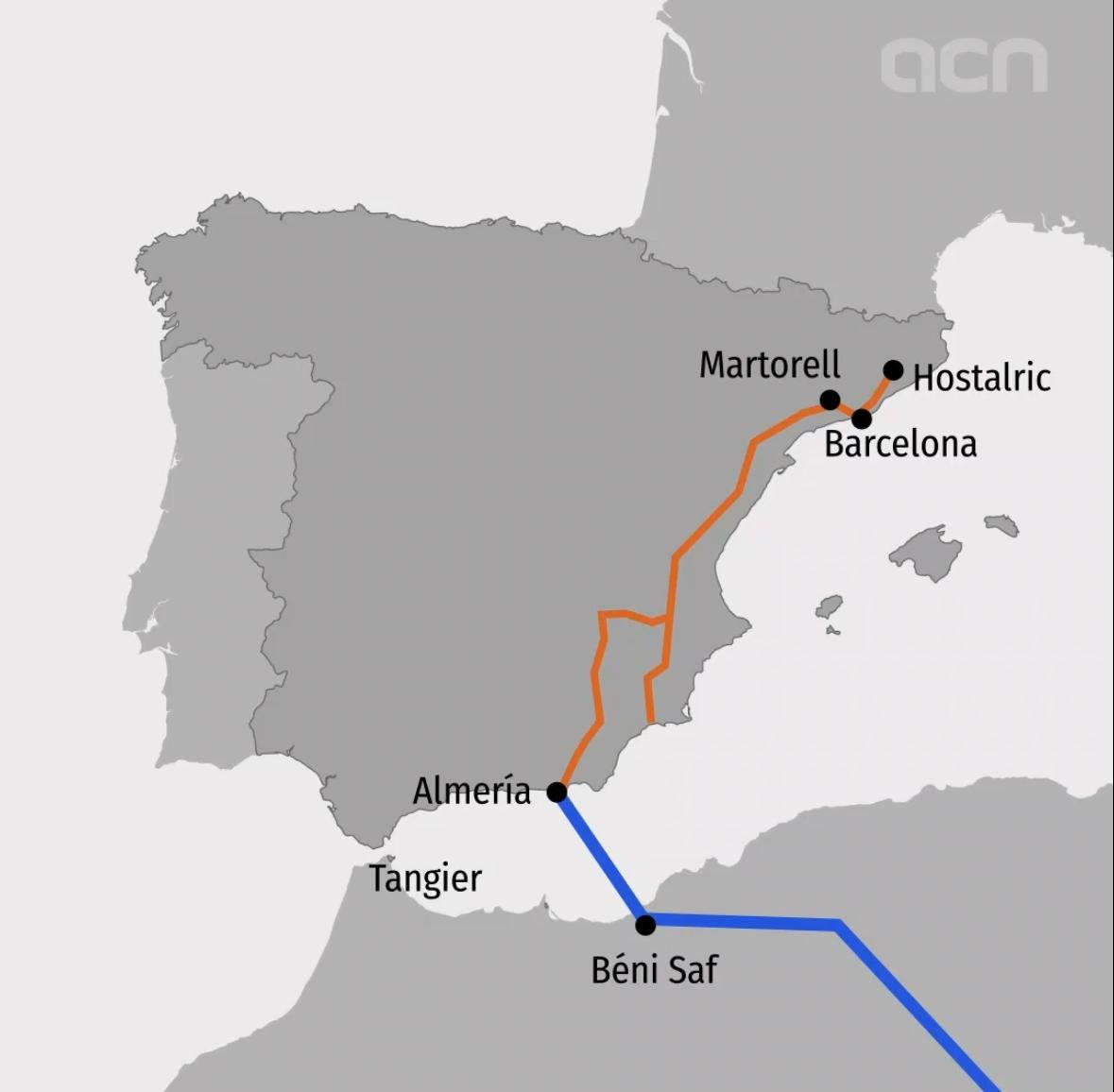
This pipeline was an ambitious project as it was intended to extend the MedGaz pipeline going from Hassi R'Mel in Algeria to France.
Initially, it was planned to be up and running by 2015, but, years later and still under construction in 2019, the idea was pulled, as French and Spanish market regulators confirmed the lack of interest, adding to the fact that the European Union removed its funding to the project.
At the time, Russian gas was much cheaper to import and Europe had its plans for an upcoming green transition on the table, so a natural gas pipeline was seen as neither the best financial nor environmental option.
However, years after, the MidCat could be relaunched amid the current energy crisis and geopolitical situation across Europe.
"The MidCat pipeline is the idea to connect the Iberian peninsula with French natural gas systems," Joan Puerta, the vice president of the energy committee at Catalonia's engineers' association, said to Catalan News.
"With the connection, companies could move several billion cubic meters (bcm) of natural gas. Though not hugely significant numbers, it would still be some bcm of fuel moving both ways," this expert added during the interview with this media outlet.
Currently, there are around 225 kilometers pending construction, a little bit more than 100 per each side of the border.
The expected cost was around €442 million per country, with France investing €2 billion more just to improve its gas network to be able to transport the fuel arriving from Spain to the rest of the continent.
Russian invasion of Ukraine brings out debate
The Russia-Ukraine war, the energy crisis, the recent potential "sabotage" against the Nord Stream pipelines as dubbed by some EU leaders, and the continent looking at an uncertain energy future have led to a situation now where several authorities view the construction of the Midi-Catalonia pipeline to be a potential solution.
The project will allow energy to arrive into the continent from elsewhere, including several African countries such as Algeria, Niger, Nigeria, and even Qatar, but also from the United States of America in the form of Liquefied Natural Gas (LNG).
Spain is a potential solution to the continent's energy crisis because of its low Russian gas dependency, as Spanish energy minister Teresa Ribera said in early September. Despite an increase in imports of Russian gas during the summer, annual imports to Spain are expected to remain at around 7%, similar to usual levels.
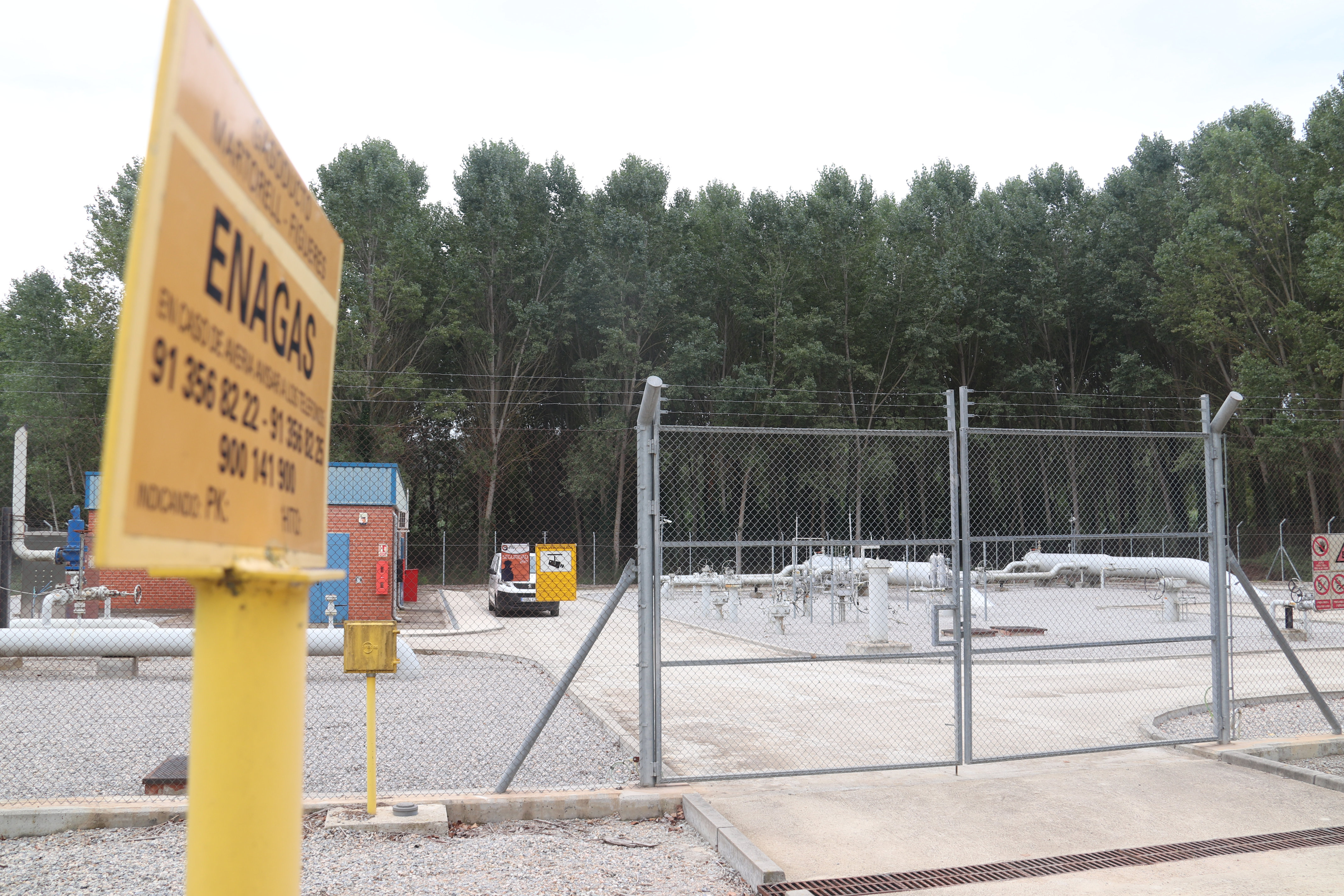
Further to two pipelines from Africa to Spain, MedGaz and the Maghreb, the country also has several regasification plants capable of turning LNG into a gas again. Spain's regasification capacity account for around 40% of the EU's total. Portugal has one more plant, France has three, while Germany does not have any plants at all.
This allows Spain to be able to have a maximum production capacity of 80 billion cubic meters of natural gas, despite only consuming around 34 bcm annually. Germany, for example, used 90.5 bcm in 2021.
Not everyone welcomes the MidCat pipeline
The MidCat pipeline could be a key infrastructure in Europe. However, not everyone backs the project, including French president Emmanuel Macron.
The head of the government believes that the current existing pipelines between France and Spain, one in the Basque border town of Irun and another in the region of Navarra, are enough to move the gas from one country to another.
The two pipelines combined can transport up to 8 bcm annually, and if the MidCat ended up being constructed, it could double Spain's capacity to export to its northern neighbor.
"I am open to my European colleagues telling me other reasons to convince me this pipeline is necessary," French president Emmanuel Macron said during a press conference in early September, before dismissing that German chancellor Olaf Scholz did not give him any convincing argument that showed the need for the MidCat pipeline.
Though, "if Spanish PM Pedro Sánchez provides me with new facts, I would be open to reconsidering my position," Macron added.
But Macron is not the only one against the project. The environmental group Plataforma Resposta al MidCat was set up to fight against the construction of the pipeline, and some local mayors also came out against the idea.
"We are against any new gas infrastructure that requires investment as we believe that the investment should be focused on renewable energy instead of fossil fuels," Carol Coll, a member of the group, said during an interview with Catalan News.
In fact, for them, "officials want to stop using Russian gas and replace it with gas from other countries," Carol Coll said, claiming it is only a geopolitical move and not a way of giving energy security to European countries as experts say.
But French officials even say that during the summer of 2022, existing pipelines between both countries worked from north to south, which for Joan Puerta "is an anomaly as, because of the continental gas crisis, pipelines should work the other way round."
Two of the main supporters are Spanish PM Pedro Sánchez and German chancellor Olaf Scholz, who on October 5 pushed again for the project to be built as they claim it is "very important" for Europe and should be finished by 2025.
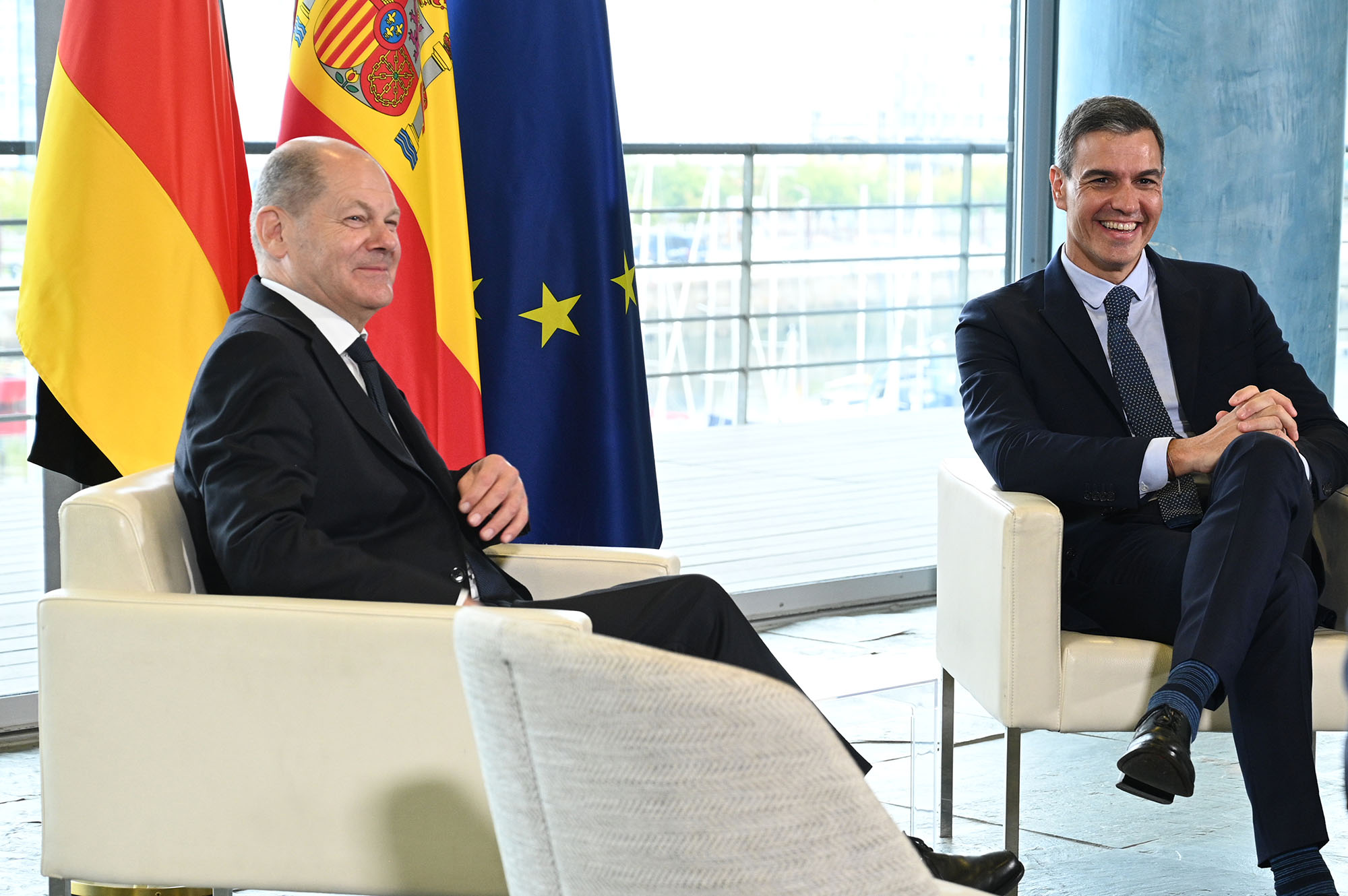
A day later, Macron responded that the "European priority has to be set on electrical connectivity," instead of natural gas. For him, the EU needs to have a "strategic debate" on the energy policy of the union as member states have to push for a "renewable and nuclear strategy."
Alternatives to MidCat
If the French president, Emmanuel Macron, ends up rejecting MidCat's construction, authorities are already thinking about other alternatives, including one idea that could connect Barcelona with Italy.
The idea could see a 700-kilometer underwater pipeline go from the Catalan capital to the Liguria region.
"This would be very complex because an underwater pipeline is always complicated," Joan Puerta from Catalonia's engineers' association said.
"Authorities have happily announced it would be possible to build it, but first we need to see how the bottom of the Mediterranean is," he added when referring to a project that could cost €3 billion.
But this is not the only alternative in mind, in fact, the Catalan government has made it clear they are only open to supporting the MidCat project if it is used to send green hydrogen.
This is a type of hydrogen "produced by electrolysis of water, placing energized electrodes in water, and if this electricity comes from renewable sources, the hydrogen is dubbed 'green'," Puerta said.
Further to Puerta's comments, Carol Coll said that "sometimes people talk about the MidCat pipeline to be used to transport gas and to gain energy security. Other times, they talk about green hydrogen, which right now accounts for only 1% of the energy consumed."
It just comes down to the need to have "renewable energy sources, something Catalonia lacks," Joan Puerta concluded.
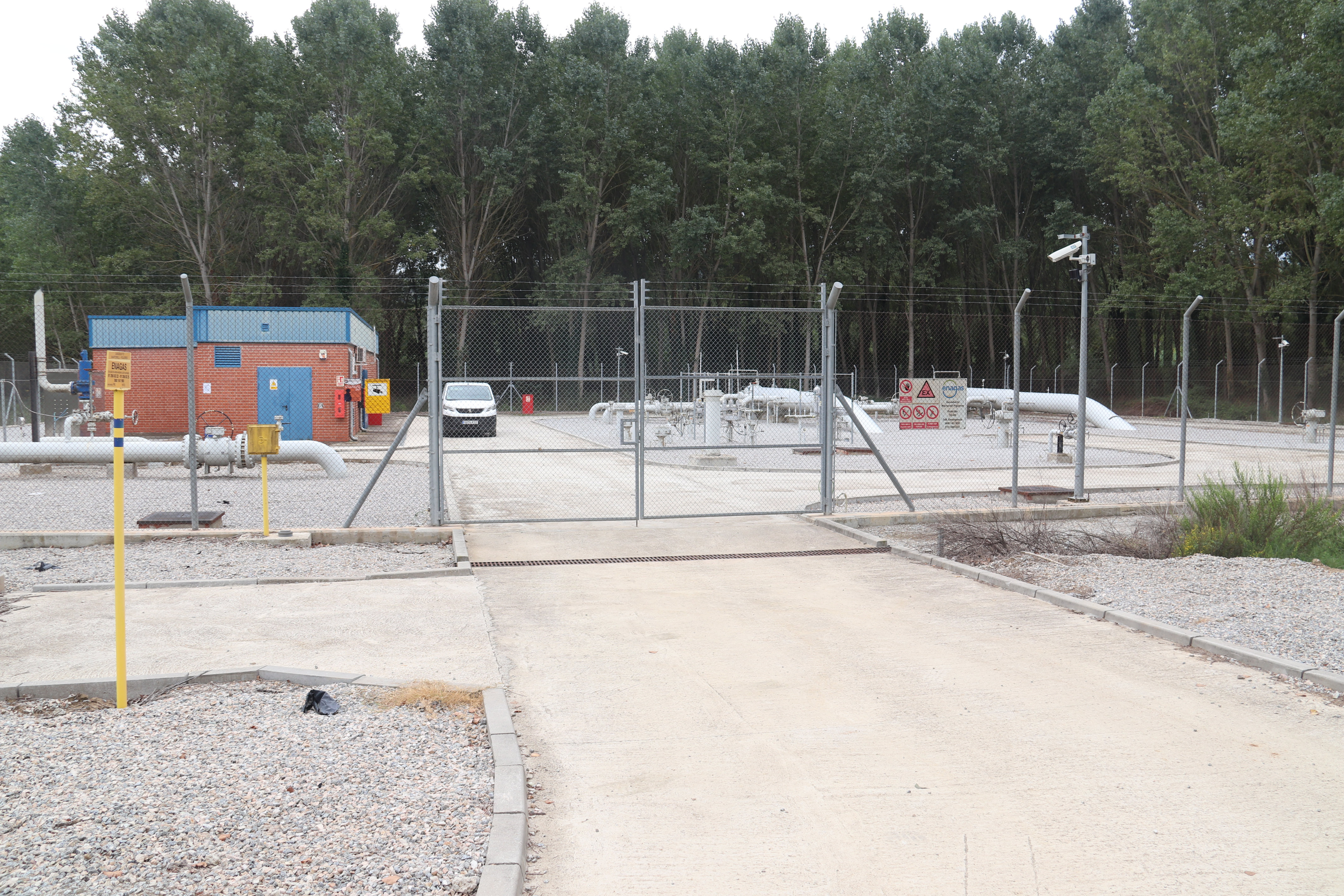
But the lack of renewable energy options or the high cost to produce green hydrogen are not the main issues for some who reject the MidCat idea. Environmental activists also believe people must change their habits and reduce energy consumption.
"We need to be a more efficient society that significantly reduces transport, unnecessary trips, working away from home, paperwork on site instead of online, things like this," Carol Coll said.
With these recommendations, energy consumption could be reduced.
But despite French officials and environmental activists against the project, experts claim that thanks to the MidCat pipeline, Spain could send billions more cubic meters of natural gas to central Europe and ease the EU's dependency on imported Russian gas.